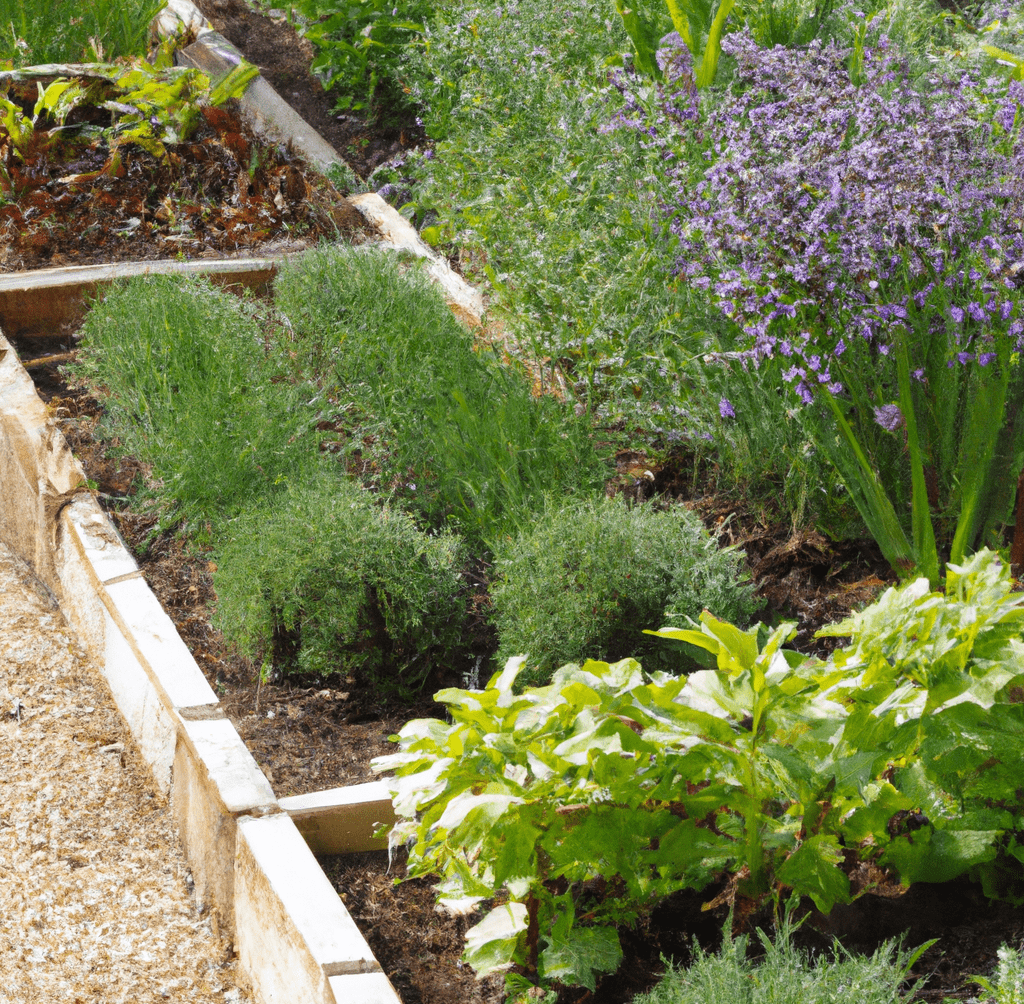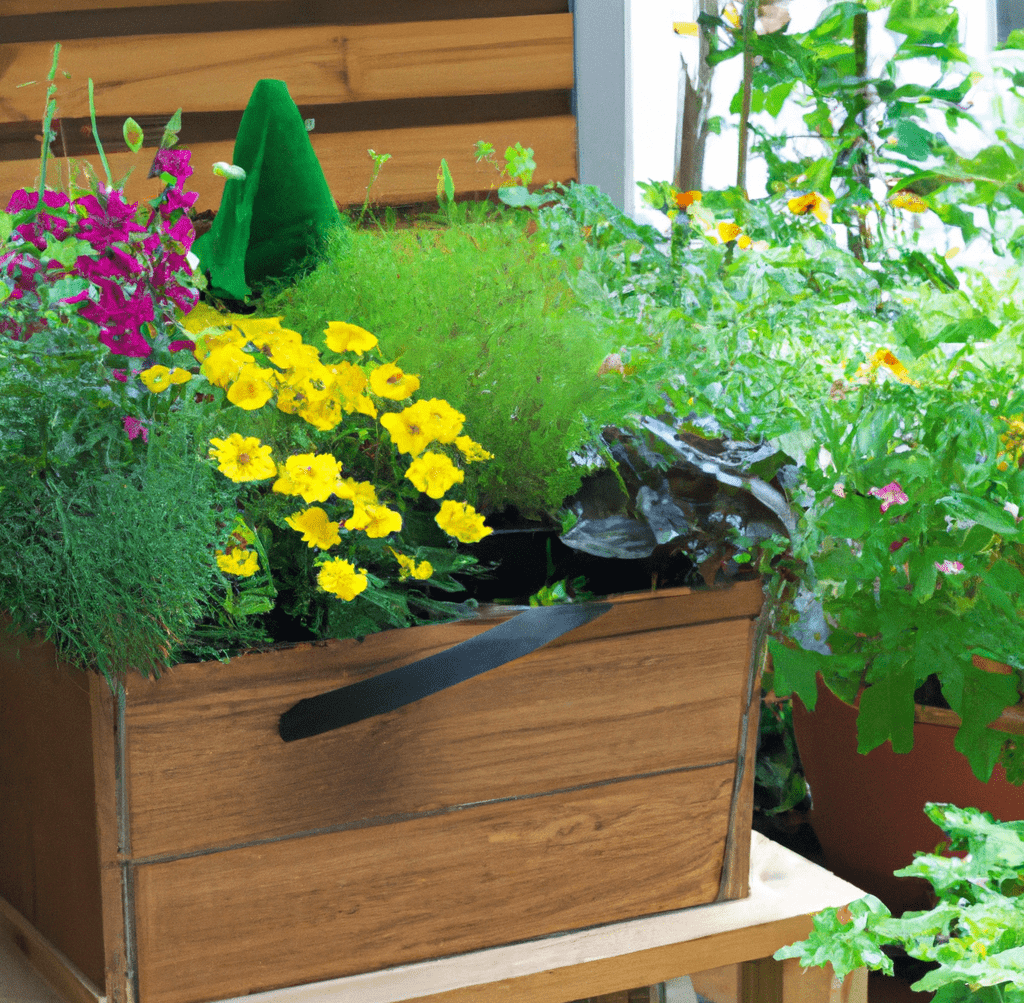Gardening is a popular hobby and pastime for many people around the world. It allows us to connect with nature, grow our own food, and create beautiful outdoor spaces. Gardens come in all shapes and sizes, and can be designed to suit a variety of purposes. In this article, we will explore some of the different types of gardens, including vegetable gardens, flower gardens, and more.
One common type of garden is the vegetable garden, which is used to grow a variety of fresh produce. These gardens can be found in backyards, on balconies, and even on rooftops. They are often designed with raised beds or containers to make it easier to manage the plants and ensure they get the right amount of sunlight and water.
Another popular type of garden is the flower garden, which is designed to be a beautiful and fragrant space. These gardens can feature a variety of colorful and fragrant blooms, from roses and lilies to sunflowers and daisies. Flower gardens can be formal or informal, and can be designed to suit a variety of tastes and styles.
Other types of gardens include herb gardens, which are used to grow a variety of herbs for cooking and medicinal purposes. These gardens can be found in small urban spaces, as well as in larger rural areas. They often feature a variety of plants, including basil, rosemary, and mint.
In addition to these more traditional types of gardens, there are also many other types of gardens that are designed to meet specific needs or interests. For example, some gardens are designed to attract pollinators, such as butterflies and bees, while others are designed to provide a space for meditation and relaxation. No matter what type of garden you choose, the important thing is to enjoy the process of creating and caring for your own outdoor space.

8 Types of Gardens
There are types of gardens. The 7 different garden types are as follows: butterfly gardens, container gardens, demonstration gardens, fruits gardens, vegetables gardens, herbs gardens, organic gardens and water gardens. We will discuss each garden in more detail below.
Butterfly Gardens
Butterfly Gardens provide a safe and nurturing environment for butterflies, creating habitats with the appropriate food sources and shelter. Butterfly Gardens are often designed to attract specific species of butterflies, depending on the local climate and surrounding nature.
Container Gardens
A container garden is a great way to add beauty, color, and life to any outdoor space. When done correctly, container gardens can provide years of enjoyment and create a vibrant setting for entertaining guests or simply enjoying the outdoors. Container gardens come in many shapes, sizes, and varieties so there is something for everyone.
Demonstration Gardens
Demonstration gardens are outdoor spaces created to show off the potential of plants and gardening. They provide an opportunity for people to see how different plants look together, how they grow, and learn about their care instructions.
Fruits Gardens
Fruit gardens, also known as home orchards, are a type of garden designed specifically for growing fruit-producing plants. They typically include both deciduous and evergreen trees such as apples, peaches, oranges, lemons, limes, and others. Some smaller varieties may even include berry bushes and grape vines.
Vegetables Gardens
Vegetable gardens are a great way to add nutritious, fresh produce to your diet. Vegetables are rich in vitamins and minerals that can help promote health, and growing them yourself ensures you know exactly what goes into the food you eat. Vegetable gardens also provide an enjoyable form of exercise and make it easy to access homegrown ingredients for delicious meals.
Herbs Gardens
Herb gardens are an attractive and effective way to cultivate your own supply of herbs. They offer a delightful and useful addition to any yard or garden, providing you with fresh herbs for cooking, medicinal use, and more.
Organic Gardens
Organic gardens are typically planted with sustainable methods that promote biodiversity, soil health, and overall environmental protection. Organic gardeners must be mindful of pests and diseases, which can be managed through careful monitoring and natural methods such as companion planting, crop rotation, and intercropping.
Water Gardens
Water Gardens is an award-winning, urban oasis in Sydney, Australia. It is a popular place to visit for both local visitors and tourists alike and features three hectares of lush gardens, ponds, rockscapes as well as a variety of water features like streams, waterfalls and fountains.
The Joy of Gardening
Gardening is a wonderful way to connect with nature and to grow your own food. It allows you to create beautiful outdoor spaces, and to enjoy the satisfaction of nurturing plants from seed to harvest. Vegetable gardens are a popular type of garden, and can provide you with a variety of fresh produce. These gardens can be as simple or as complex as you like, and can be designed to suit your space and your needs.
When starting a vegetable garden, it is important to choose the right plants for your climate and your soil type. Some vegetables, such as tomatoes and peppers, require a lot of sunlight, while others, such as lettuce and spinach, prefer cooler, shadier conditions. It is also important to make sure your plants get enough water, as most vegetables need at least an inch of water per week to thrive.
In addition to providing food, gardens can also be a source of beauty and enjoyment. Flower gardens, for example, can provide a colorful and fragrant space for relaxation and contemplation. Herb gardens, on the other hand, can provide a variety of fresh herbs for cooking and medicinal purposes. No matter what type of garden you choose, the important thing is to enjoy the process of creating and caring for your own outdoor space.

The Benefits of a Vegetable Patch
A vegetable patch is a type of garden that is specifically designed to grow a variety of fresh produce. These gardens can be found in backyards, on balconies, and even on rooftops. They are often designed with raised beds or containers to make it easier to manage the plants and ensure they get the right amount of sunlight and water.
Vegetable patches can provide a variety of benefits. First and foremost, they can provide you with a steady supply of fresh, nutritious food. By growing your own vegetables, you can enjoy the taste and health benefits of freshly picked produce, without the additives and preservatives found in store-bought options. Additionally, growing your own vegetables can be a fun and rewarding hobby, and can provide a sense of satisfaction and accomplishment.
In addition to vegetables, vegetable patches can also be used to grow fruit and herbs. Fruit trees and bushes, such as strawberries, raspberries, and blueberries, can provide a delicious and healthy addition to your garden. Herbs, such as basil, rosemary, and mint, can add flavor and aroma to your cooking, as well as provide medicinal benefits.
Overall, a vegetable patch can be a valuable addition to any garden. It can provide fresh, nutritious food, as well as a fun and rewarding hobby. Whether you have a large backyard or a small balcony, there is a vegetable patch that will suit your space and your needs.
Flowers
Flowers are a type of plant that are commonly found in gardens and are known for their colorful and fragrant blooms. Some flowers, such as roses, are grown for their beauty and are used in perfumes and other beauty products. Other flowers, such as herbs, are grown for their culinary and medicinal properties. Many flowers are also an important source of food for bees and other pollinators, which help to support healthy ecosystems and increase crop yields.
Patio
A patio is a paved outdoor area that is commonly attached to a home or other building. It is typically used for leisure activities such as dining, lounging, and entertaining. A patio can be made of a variety of materials, including concrete, brick, stone, and tile. Some patios may also have a roof or other covering to provide shade or shelter from the elements. A patio is similar to a deck, which is also a popular outdoor leisure space that is often built using wood or composite materials. Unlike a patio, a deck is typically raised off the ground and not attached to a building.
Bottom Line: Gardening Variation Suits the Gardeners Preference
There are several different types of gardening, including container gardening, raised bed gardening, vertical gardening, and organic gardening. Container gardening involves growing plants in pots or other containers, while raised bed gardening involves creating a raised bed filled with soil to grow plants. Vertical gardening involves using vertical structures to grow plants, and organic gardening involves using natural methods to grow plants without the use of synthetic pesticides or fertilizers. Each type of gardening has its own set of benefits and challenges, and gardeners can choose the type that best suits their needs and preferences.
If you’re interested in the different types of gardens, you may also be interested in gardening and butterfly gardens.







